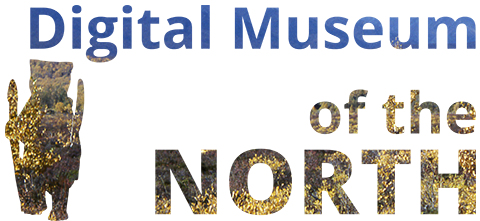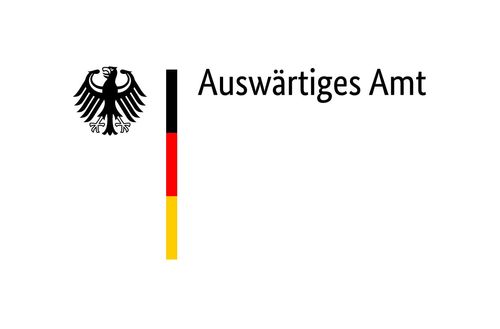Musée d‘ethnographie de l‘Université de Bordeaux
Konstantin Avilov demonstrates the making of a lasso
"I worked on this for a long time. You have to raise a reindeer bull, because its hide is used. If he is healthy and develops well, the skin becomes thick. In autumn, he is slaughtered. And then it’s immediately determined: 'This is for the belt.' Because these straps are for sleds or for harnesses. Here's, for example, a fire-making tool – leather straps are used for that too. These leather straps are very strong. After slaughtering a bull, the hide should first be placed in a sack and hung in a warm place to ferment. It's hung near the hearth. The hair is then removed in the river to get rid of the sour smell. The hide is spread out, and an older expert must mark the center of the hide with a stick. Then you begin to cut carefully in a spiral shape. That’s how you get the straps – but that’s not the end of it. We then stretch the strap slightly damp and rub it against an object. First, we cut it, then hang it up and stretch it on a frame to dry. While it dries, we scrape off the remaining fat with a knife until only the hide remains. We take this raw strap, rub it with a bit of fat, and smoke it inside the tent. Well-smoked and dried, I cut it neatly and divide it into four parts. Then I begin to soften it – first one half, then the other. Only when it’s completely softened do I lay it in the snow so it becomes even softer. Then I start measuring the loop, to find a good pivot point. It’s made from the horn of a snow sheep. There are also metal ones, but they’re hard to throw. What matters then is to balance the weight well. When you throw the lasso, it flies well because it's properly weighted at that point. That’s how I learned it myself when I worked with the herd. Old Penelkut was there. When guests came to us from Karaga, I closely observed their reindeer gear. I tried for a long time to learn, and it turned out to be fascinating in the end. You just have to make the effort — the lazy ones probably won’t do it."
Recorded by Erich Kasten. Palana, 2001.



